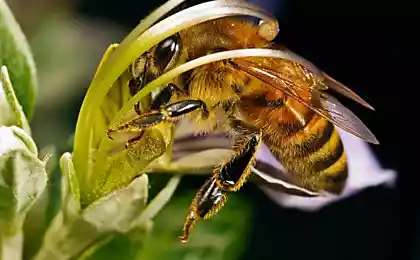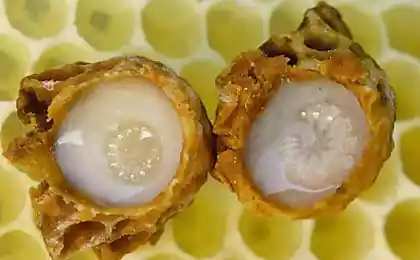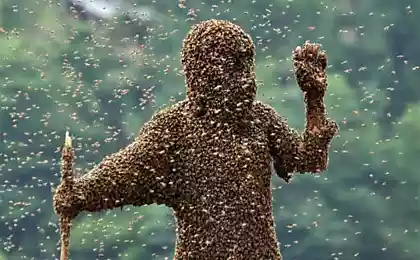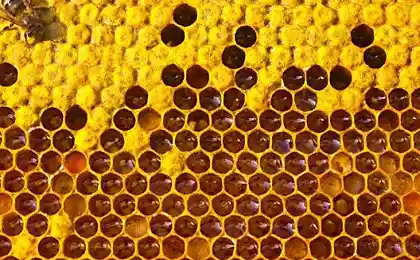462
Of 5,000 honeybees are equipped with sensors

In Australia it is planned to conduct innovative research, in which 5 thousand honeybees are equipped with tiny sensors to study colony collapse disorder of bees is a mysterious phenomenon, when for unclear reasons bees are leaving the hives.
As they say scientists from the Commonwealth scientific and industrial research (CSIRO) and the University of Tasmania who participated in the study, 2.5-mm sensors with radio frequency identification work as well as anti-theft electronic label of the car.
Scientists will use a technology known as "swarm sensing" to monitor the environment and its influence on the behavior of bee colonies. According to them, the first time such a large number of insects to be used in the study.
In addition to defining factors that cause colony collapse disorder of bees, the researchers also will look for ways to stop the spread of varroa mite, which is a serious parasitic threat to bee colonies.
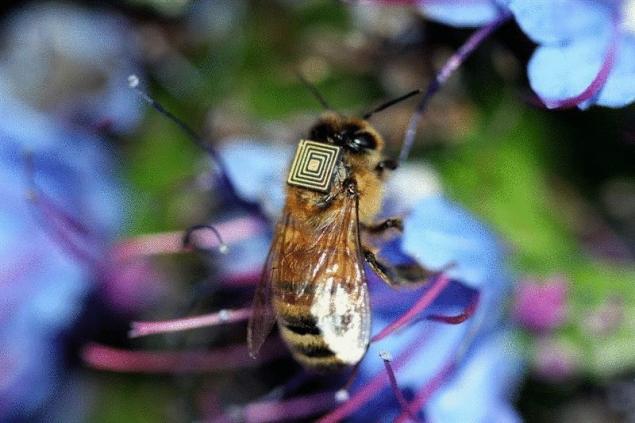
Scientists will monitor the environment of the bees, in order to determine the impact of pesticides on insects, and also seek ways to improve the ability of honey bees to pollination because, as explained by the study participant, Dr. Paulo de Souza, the efficiency of cultivation about one-third of agricultural products depends on natural pollination.
Tiny sensors weigh around five milligrams, and are attached to the back of the bees using tweezers and adhesive after the temporary "lull" of the insect by cooling. After the bees Wake up, they return to the hive, where their movements will be monitored. Dr. de Souza emphasized that the sensors will have no effect either on the health of the bees, or their ability to fly and perform their normal duties.
Data collected from several "checkpoints" that are installed in the hive, will be used to create comprehensive three dimensional models, which is expected to help scientists in the study of the behavior of insects. As a rule, the normal behavior of bees is rather predictable, so any change in their behavior indicates a change in their environment that will quickly establish the cause of this and minimize risk.
The next step CISRO is to reduce the size of sensors to 1 x 1 mm, in order that they can be attached to smaller insects, such as mosquitoes.
Source: www.ozemle.net
How porn rebuilds your brain and destroys personal lives
Polish scientist predicts mankind the great extinction... uneducated women







